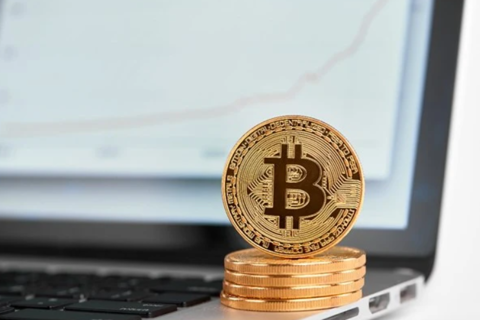Digitalization – viable option for banks’ sustainable growth
By 2025, at least 50% of banking procedures and 70% of customers’ transactions are expected to take place in the cyber environment.
While keeping a safe distance and remote working have become new practices since the Covid-19 outbreak, Vietnamese banks have been quick to push for digitalization to meet customers' demand for more digital banking options and pursue sustainable growth.
A study from Vietnam’s E-commerce and Digital Economy Agency (iDEA) revealed Vietnam’s e-commerce revenue rose by an impressive rate of 18% year-on-year to US$11.8 billion last year, or 5.5% of the total revenue of retail sales and services.
WeAreSocial & Hootsuite in its Digital report on the Vietnamese market suggested the rate of internet users from the age of 16-64 using mobile phones for online shopping rose from 55% in 2019 to 68.5% in 2020.
| Vietcombank is among those that have launched digital banking apps. Photo: Kinhtedothi |
The use of online banking and financial services, thus, went up from 36% to 40.1% in the 2019-2020 period as people considered digital banking a normal routine in new circumstances.
Since last year, state-run Vietcombank launched its digital banking app VCB Digibank, while BIDV also kicked off its own digital transformation initiative via the BIDV iBank app.
VCB Digibank was developed based on the combination of internet banking and mobile banking platforms. For BIDV customers, the BIDV iBank allows enterprises to conduct banking transactions, including account and transaction inquiries, in a safe, accurate, and quick manner without visiting a physical bank branch.
Private banks, including Viet Capital Bank, OCB, or TPBank also launched their respective digital bank app to better meet customers’ demand for quick and safe services.
To further accelerate the digitalization trend in the banking sector, the State Bank of Vietnam (SBV), the country’s central bank, has recently issued a plan for digital transformation Vietnamese banking sector until 2025, with a vision to 2030.
By that time, the SBV expects at least 50% of banking procedures and 70% of customers’ transactions to be conducted in the cyber environment; 50% of consumer loans to clients have processed automatically online.
For its part, the central bank would reform its operation comprehensively by taking advantage of Industry 4.0 technologies and meeting the government’s requirements for digital transformation.
| SBV’s Vice Governor Nguyen Kim Anh. Source: SBV |
SBV’s Vice Governor Nguyen Kim Anh noted digitalization in the banking sector is a key task to promote financial inclusion and the establishment of e-government, eventually towards the digital government.
“In this regard, banks should give priority to new technologies application and innovation, in which customers are at the center of all services,” Anh added.
According to Anh, banks and credit institutions are expected to develop digital bank models and expand services for greater customer satisfaction.
“The capability of banks to meet the customers' demand would be the measurement for their efforts in digitalization,” he said.
New legal basis to support digital transformation
While saying these targets are ambitious, Anh referred to a recent survey that 95% of banks are planning for digital transformation.
“Certain banks have been able to provide fully-digitalized banking procedures, including depositing money, opening and using of account, transfer wiring, personnel management, or to apply artificial intelligence, machine learning and big data in more advanced tasks including grouping customers and assisting the lending process,” Anh suggested.
In the coming time, Anh said the SBV would accelerate the process of drafting the Law on e-transactions, which serves as a basis for ministries and government agencies to promote the digitalization process.
In parallel with the efforts, the SBV is scheduled to issue a decree on e-identification and verification, along with regulations to protect privacy and data in the cyber environment, Anh added.
In 2020, the number of mobile transactions surged by 114% in number and 118% in value against 2019, while payment via QR code scanning also rose by 73%. This resulted in a sharp increase of 78% in the number of total transactions and 128% in value compared to those recorded in 2019. |













